5. The Apartment
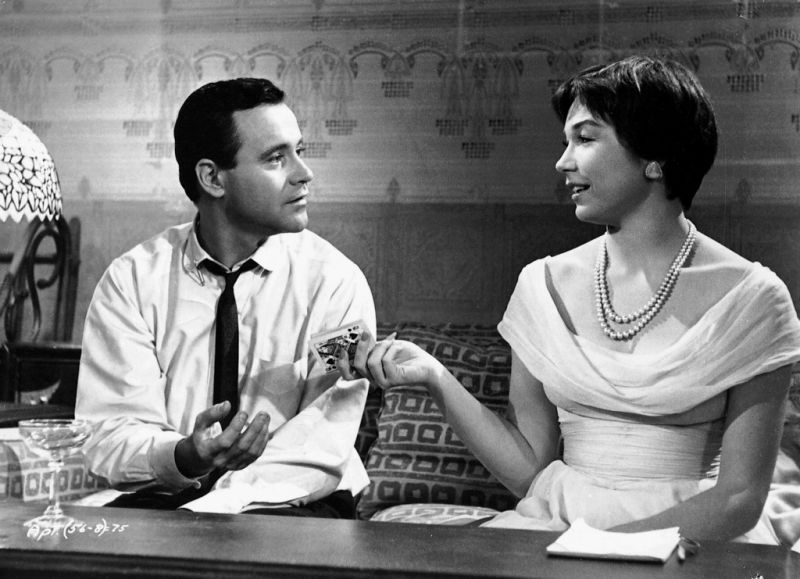
The only comedic entry—excluding Gary Oldman’s masterful portrayal of antagonist “Stansfield” in The Professional—and certainly the most creative use of the apartment on this list—and that’s counting the scene in The Tenant wherein Trelkovsky finds a human tooth embedded in his wall—is Billy Wilder’s The Apartment; a film wherein a struggling office worker rises through the ranks by allowing his superiors to utilize his living quarters as a lieu for their discreet romantic rendezvous.
Jack Lemmon—who essentially plays himself, as he often does so remarkably well–portrays C.C. “Bud” (or “Buddy Boy”, depending on the level of condescension at play) Baxter; and although his time is divided between his titular apartment and his workplace, Wilder uses the comedic opportunities of confined spaces to its full potential. Be it cooking spaghetti with a tennis racquet or the archetypal naive neighbour mislead by what he is hearing down the hall.
More importantly, the apartment for which this film is named serves as a metaphor for self- esteem, taking ownership and not allowing oneself to be exploited or bought. This film sees protagonist Baxter go from allowing himself to be manipulated by his superiors and walked upon to denying them the use of his apartment, for the sake of his own dignity and morals.
4. Rosemary’s Baby
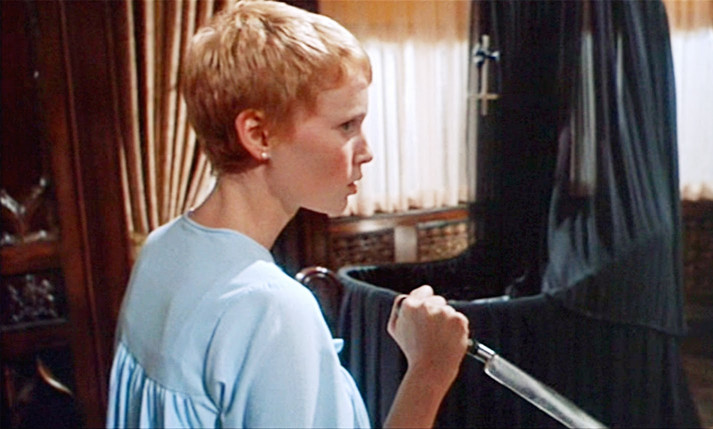
The age-old tale of a young pregnant woman’s mounting suspicions that her seemingly harmless old neighbours are actually the heads of a satanic witch cult seeking to use her unborn baby in their twisted rituals; Rosemary’s Baby is a not only a commentary on the manipulability of women in 1960s America, but also a biting satire on secular modern culture and horror fiction conventions.
The middle-child of the “Apartment Trilogy”, Rosemary’s Baby is an ideological continuation of the themes expounded upon in The Tenant; which exploited the vulnerability of apartment living and the invasion of privacy associated with such close-quarters living. However, a newer, more interesting addition to the “apartment film” niche in Rosemary’s Baby is the notion of modern living quarters as a lieu of classic horror film elements.
Rosemary’s neighbours, as it is unveiled in the film’s immortal climax, are revealed to be part of a satanic coven with more than devious intentions for her titular unborn child.
Conventional horror film tropes dictate that such ancient evils and old-world superstitions ought to take place in a setting of matching antiquity—an old Victorian mansion à la “House of Usher” perhaps. Indeed one of the wonderful peculiarities of this film is the decision by Ira Levin to set this villainy of biblical proportions in the heart of 1960s New York City; the epitome of modern, urban living.
3. Jeanne Dielman, 23, quai du Commerce, 1080 Bruxelles
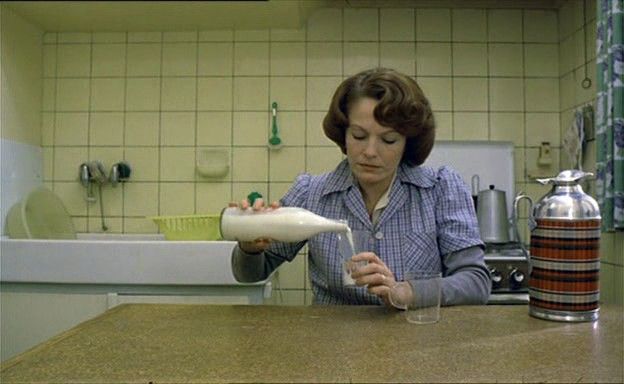
In the late, great Chantal Akerman’s 1975 film, we find our protagonist living with her adolescent son; and a devout slave to her unfettered routine of cooking, cleaning and casual prostitution to make ends meet. It’s only when her routine suffers a seemingly innocent interruption that her life begins to unravel before her.
Jeanne Dielman, 23, quai de Commerce, 1080 Bruxelles captures the way with which we can be imprisoned within our own homes as well as in our routines. The film’s minimalist cast and confined set, along with long spells of silence, strict adherence to schedule and blinding banality all serve to capture the imprisonment of the single mother in her home.
The fixed, uninterrupted takes of the film’s real-time plot are at times aggravating but also impossible to ignore. It’s alluded to in the title that Jeanne Dielman is, simply put, a woman owned by her apartment; the simplicity of which is rendered elegant by the mind of Chantal Akerman.
2. Repulsion
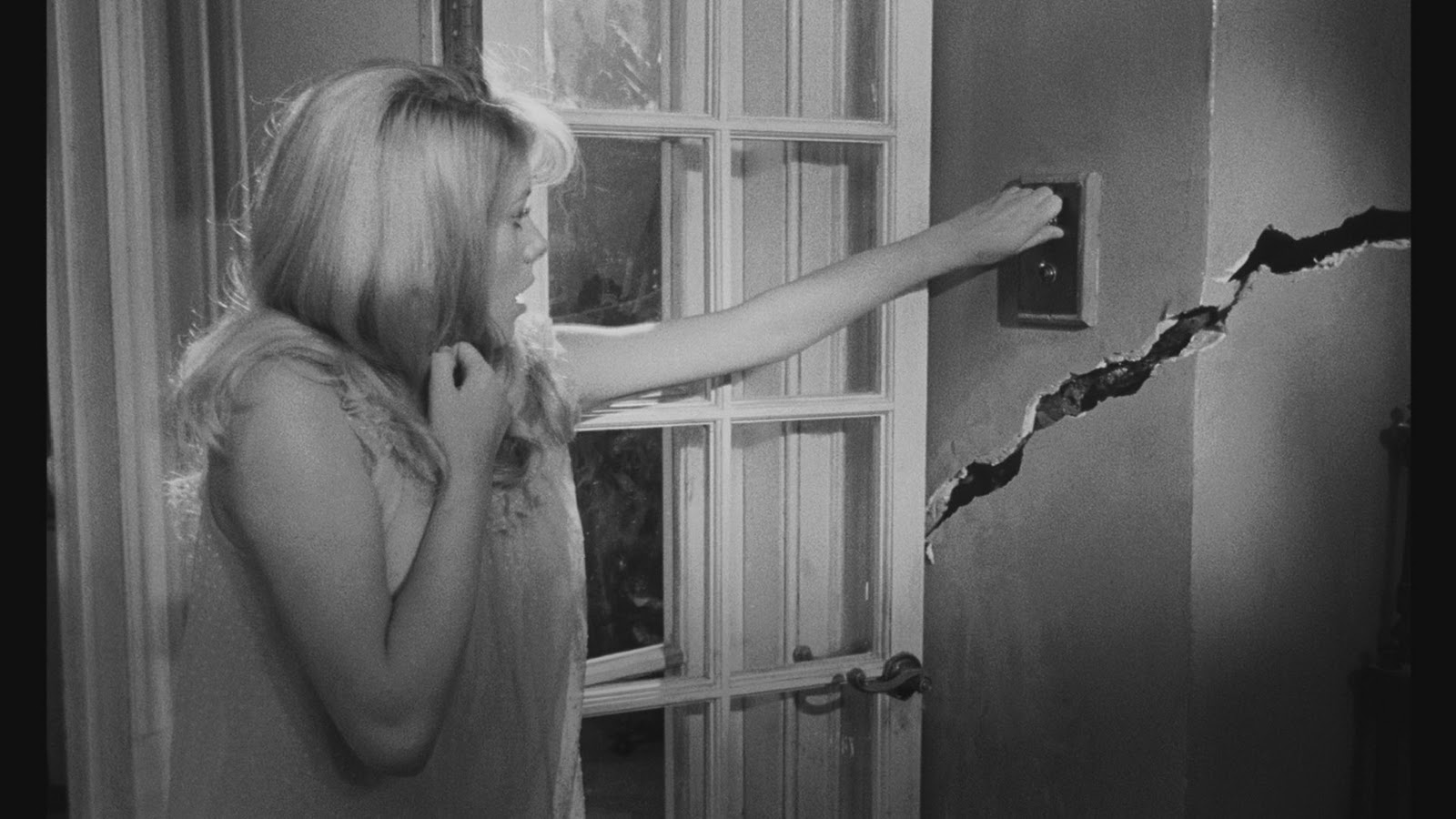
The final inclusion from the “Apartment Trilogy” in the list and the first of the three to be released, this film set the tone for countless psychological horror films with its surrealist tendencies, haunting ambiguity and a captivating performance from Catherine Deneuve.
After being left to her own devices in her London apartment while her sister Hélène departs for a romantic getaway, emotionally distant Belgian manicurist Carole Ledoux’s inner demons come out to terrorize her. Her disdain for sex and human intimacy manifests itself in paranoid hallucination. The line between reality and insanity blurs, and murderous hi-jinks ensue.
The reason that Repulsion ranks farther ahead than both The Tenant and Rosemary’s Baby on this particular list is because although the apartments in both previous films serve more as mere locales for Polanski’s trademark brand of psychological horror, Repulsion boasts the feature that the manifestation of horror in the film is the very walls and corridors of the apartment itself.
Naturally, the real terror comes from within Carole’s mind, but unlike the film’s predecessors, there is no group or coven threatening this protagonist, and the call is coming most definitely from inside the house, so to speak, and it externalizes itself in majestic scenes of surreal, almost Jean Cocteau-like manipulations of reality.
1. Rear Window
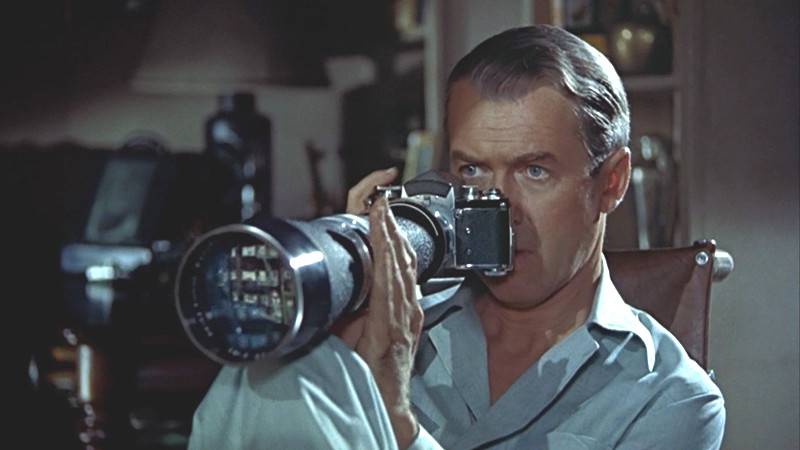
The triumphant return to this list for both Alfred Hitchcock and noted collaborator Jimmy Stewart, Rear Window sees a photo-journalist L.B. Jefferies, wheelchair-bound and confined to his modest flat. Starving for adventure, his observations regarding the sudden absence of a neighbour and the erratic behaviour of her spouse causes the audience as well as those around him to question whether it’s all in his mind, or if “it had to be murder”.
What makes Rear Window the definitive apartment-related film is Hitchcock’s use of the apartment complex almost as giant terrariums or zoo exhibits. The apartment complex in Rear Window is like the containment of whole worlds within a series of rooms; with each specimen’s life, struggles and aspirations contained within four walls.
Be it the captivating bachelorette affectionately referred to by Jefferies as “Miss Torso”, the struggling pianist, or the tragic “Miss Lonelyhearts”; Hitchcock’s voyeuristic tendencies serve him masterfully as he fleshes out each of these stock characters in ways only he could, weaving them into the plot when necessary, and exploiting the architecture of these impossible buildings for the film’s gripping conclusion.
Author Bio: Sam Fraser is a literature-turned-film student at Université de Montréal. He still operates under the illusion that he might one day run into Denis Villeneuve or Xavier Dolan on the métro.